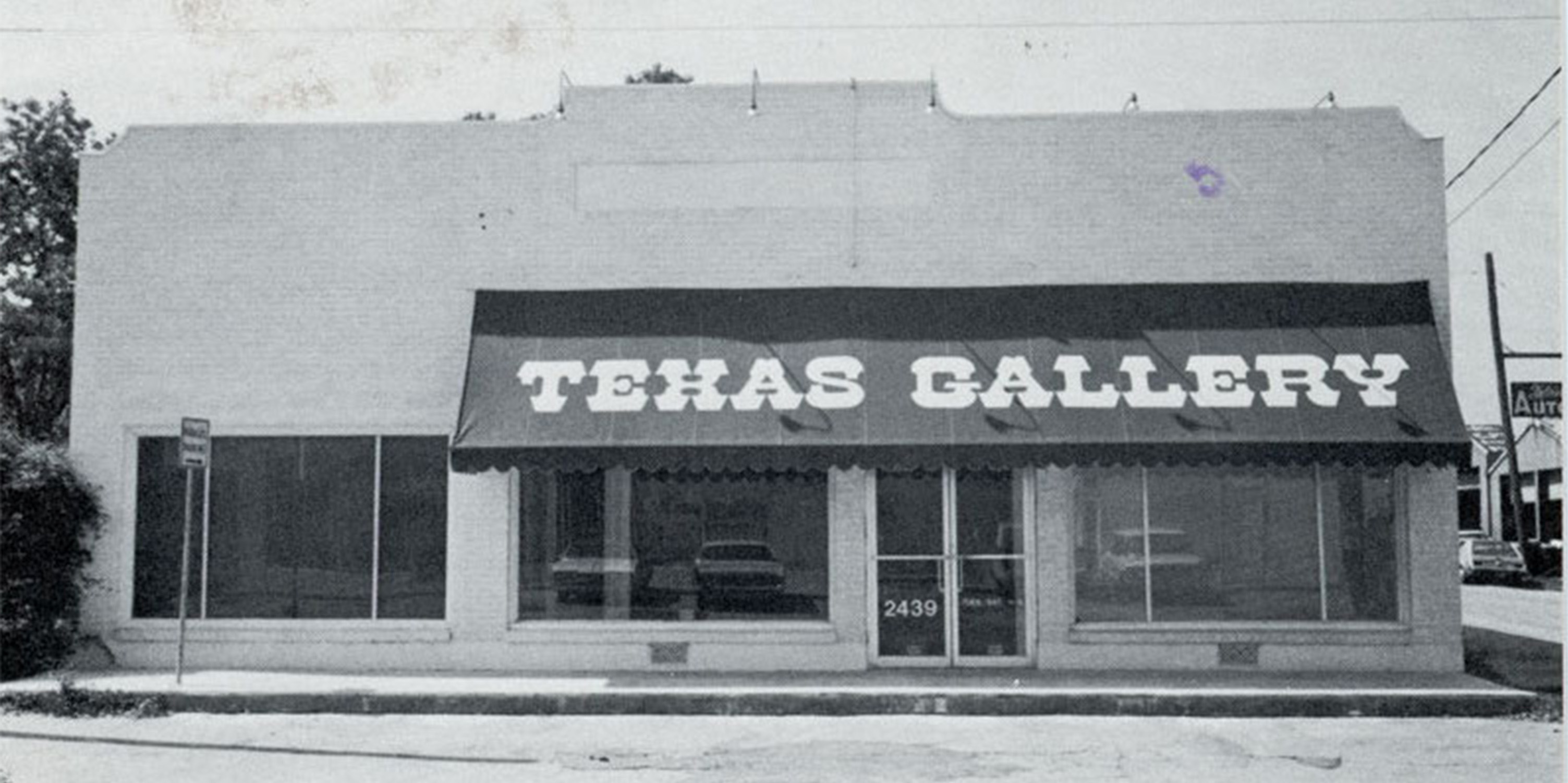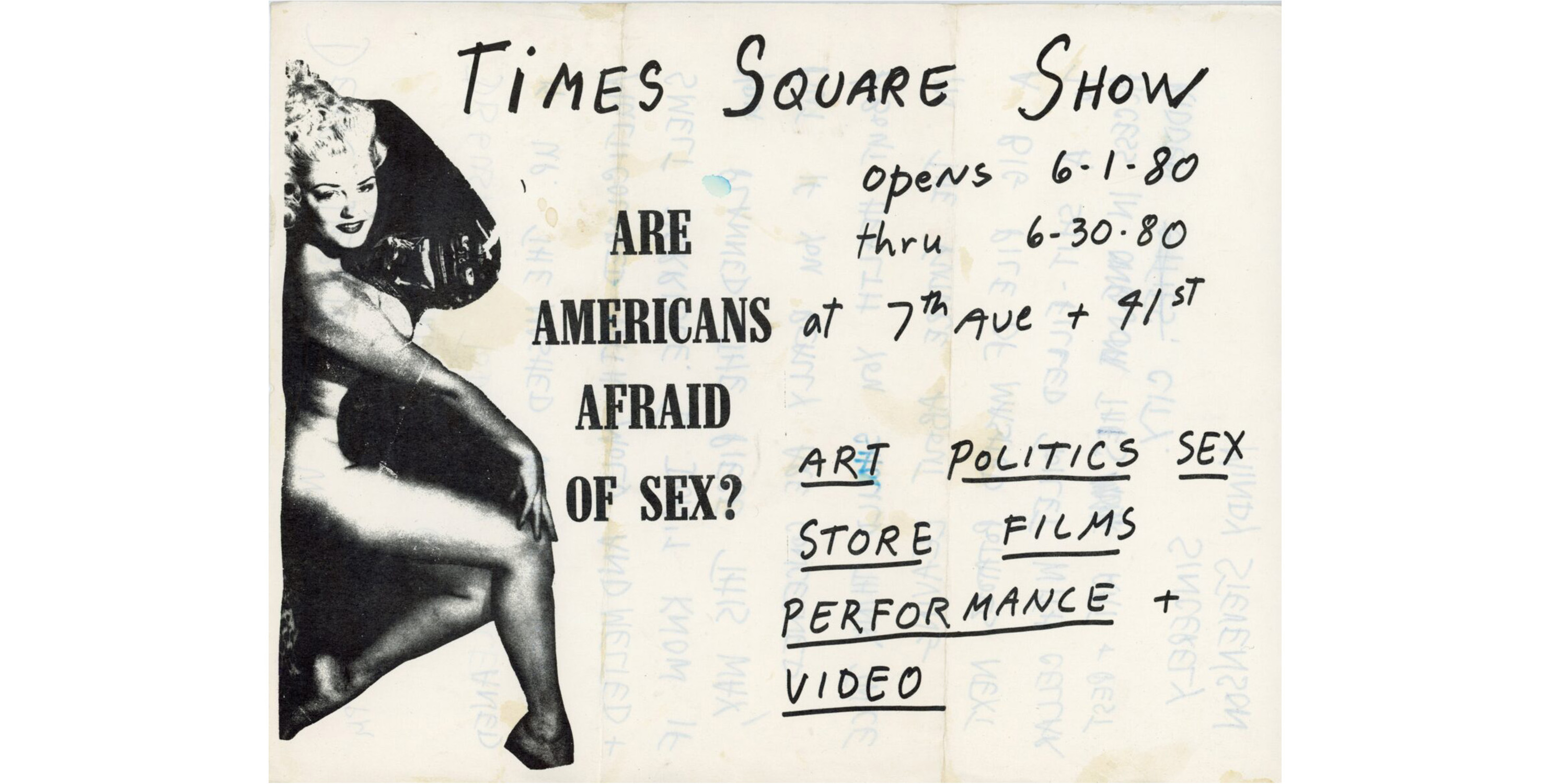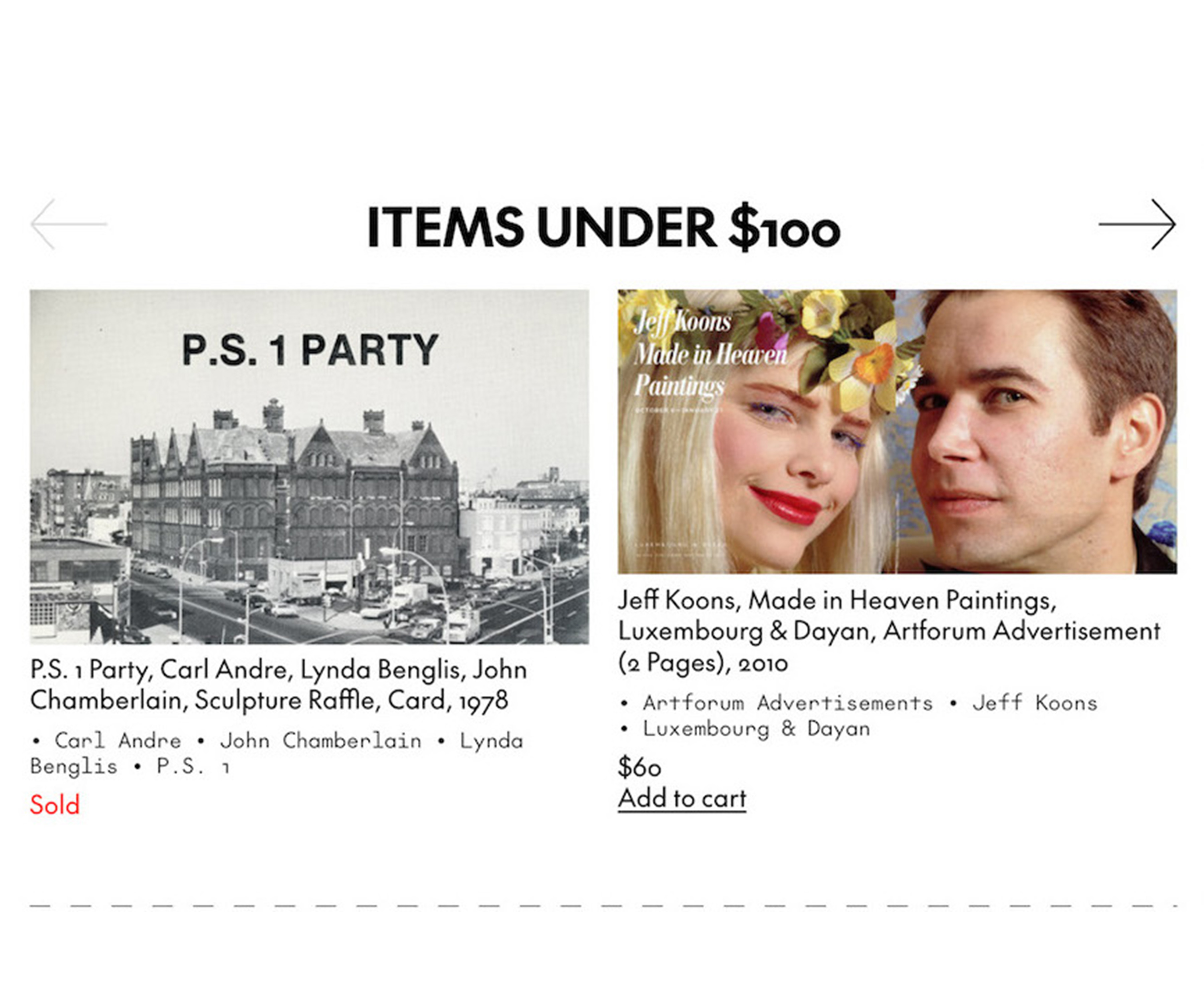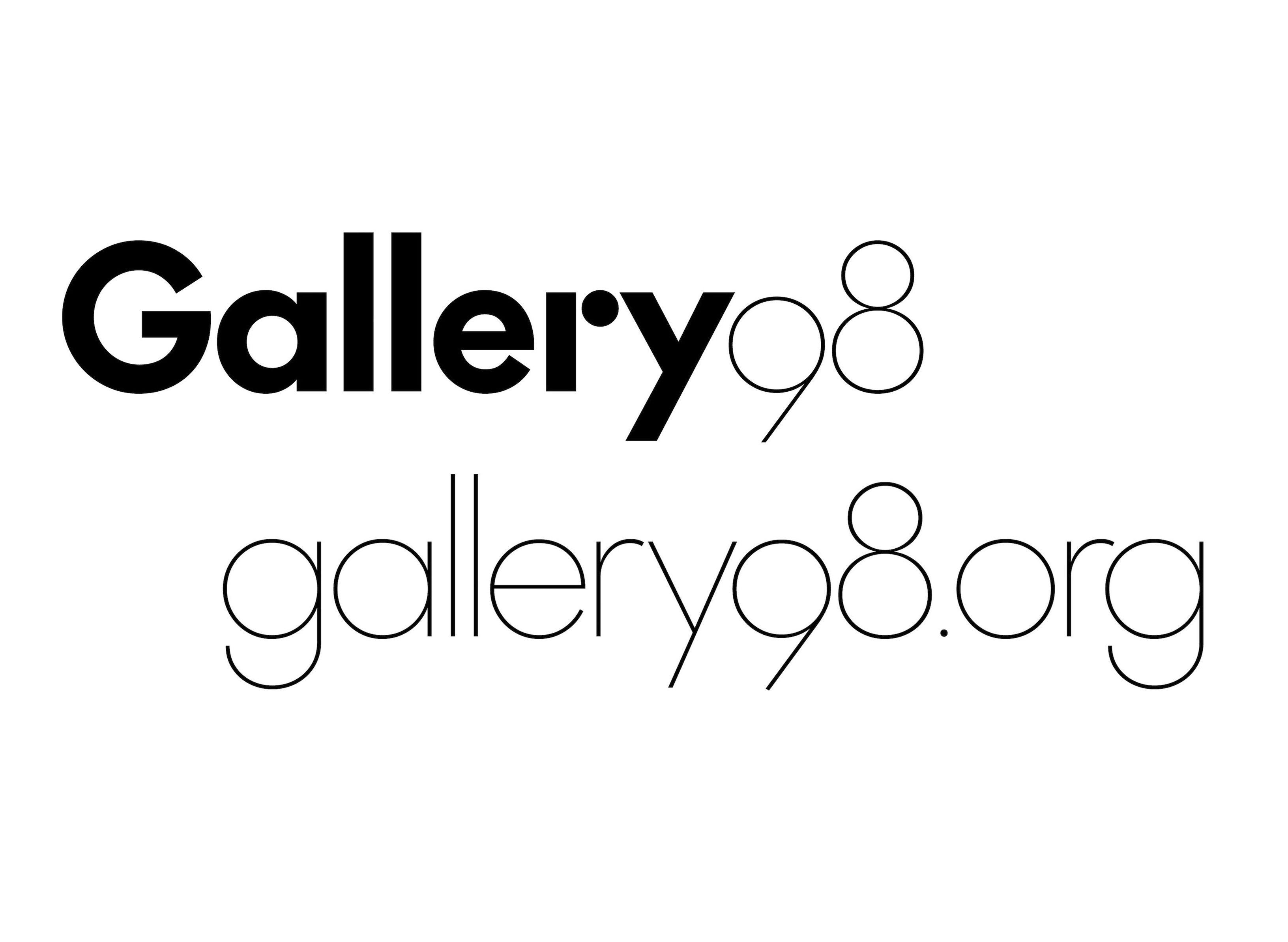
Last week’s opening of the Brooklyn Museum’s exhibition Copy Machine Manifestos: Artists Who Make Zines (closing March 31, 2024) is a reminder of the important role that the photocopy machine played in the creation of new modes of art and art ephemera. While the technology used in copy machines dates back to the late 1940s, it was not until late in the 1970s that copy machines became widely available. By the 1980’s they were ubiquitous with a copy shop in every neighborhood.
For the artists and musicians living in downtown New York, the preferred Xerox spot was Todd’s Copies on Mott Street in Little Italy. Owner Todd Jorgensen not only gave artists discounts but also sponsored exhibitions, and allowed artists to experiment with the machines. Kim Gordon of Sonic Youth, who worked at Todd’s in the 80s, recalls that every rock group had their flyers made there. This was also the place where Jean-Michel Basquiat first became infatuated with xeroxing, and where he made the color Xeroxes that he incorporated into his paintings.
Media theorist Marshall McLuhan observed, “Gutenberg made everybody a reader, Xerox makes everybody a publisher.” While the major art galleries favored high-volume, offset printing for their announcements and catalogues, alternative spaces and unaffiliated artists depended on cheap, black & white Xerox machines. The items featured below are just a small sampling of the copy-machine ephemera that can be found at Gallery 98. You can find more on our Xerox and Photocopies page.
A’s Salon (Arleen Schloss and Todd Jorgensen), 1980

At A’s, the D.I.Y. downtown performance space, Todd Jorgensen often co-curated events and organized Xerox art shows. This appears to be a photocopy worksheet for an A’s calendar.
John Wilcock, SOHO Con/fidential, Xerox Newsletter, 1976


The irreverent downtown writer John Wilcock gave away these satirical newsletters outside galleries on Saturdays in Soho. Consisting of just a single double-sided sheet of colored paper folded down the middle, each sheet probably cost less than 5 cents to make.
Electrographics: The Copy Art Magazine, c. 1982


Electrographics: The Copy Art Machine, 31 Xerox Pages Stapled Together in Envelope, c. 1982
Size:9 x 12 inches
$150
In the 1980s “photo-copier art” became widespread with practitioners campaigning for art-world legitimacy. The title of this publication derives from the technical term “electrostatic,” a key element in the photocopy process.
Franc Palaia, Nightlife, Xerox Book, 1982


In 1982, when Franc Palaia wanted to publish his photos of Richard Hambleton’s street art, a photocopy book was the only practical format. Thirty years later in 2011, Palaia published a color offset version.
Dee Dee Ramone & Barbara Zampini, Taking Dope, Zine, 1996


The rise of the “zine” phenomenon was fueled in part by punk rock fans at a time when the music was being ignored by the mainstream media. The multi-talented Dee Dee Ramone used the zine format as a way to stay connected with fans after he left the Ramones in 1989.
Andrew Castrucci, Bullet: An Act of Resistance, Xerox Book, 1989


Squatting, like street art and punk music, has an aesthetic connection with D.I.Y photocopy publications. This Xerox book records the early history of Bullet Space, a building squatted by artists in the 1980s.
Lesley Schiff, Seasons, Color Xerox Portfolio, 1981




Lesley Schiff, Seasons, SIGNED Portfolio with 24 Original Xerox Prints, 1981
Size: 9.5 x 11.75 inches
Xerox printing easily transitioned into digital printing. Leslie Schiff’s portfolio Seasons has the distinction of being “the first digital artwork purchased by the Metropolitan Museum of Art.”











